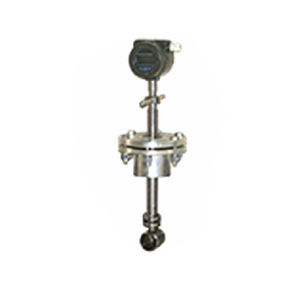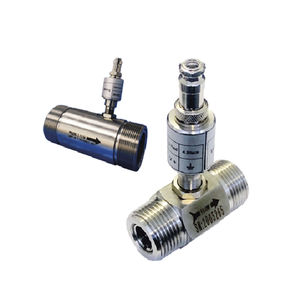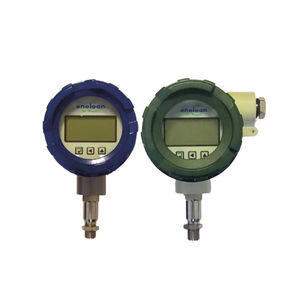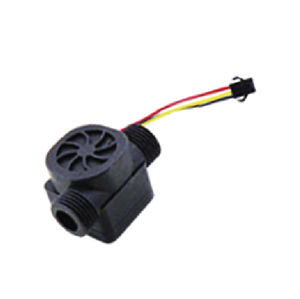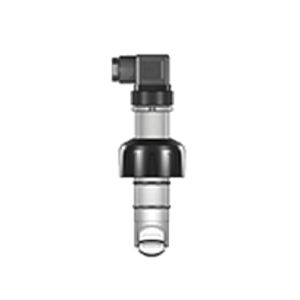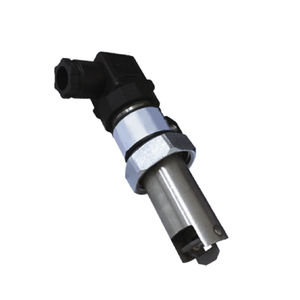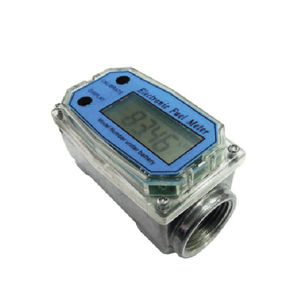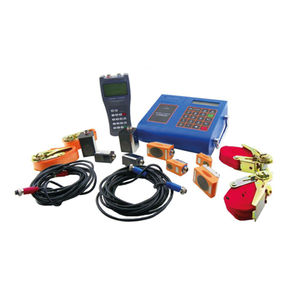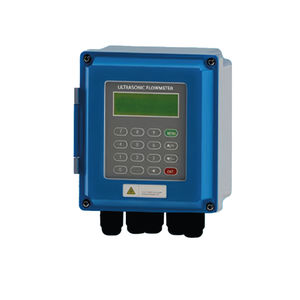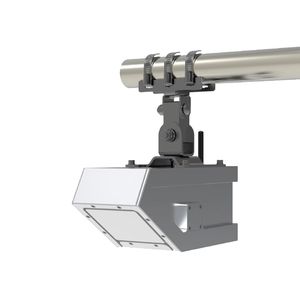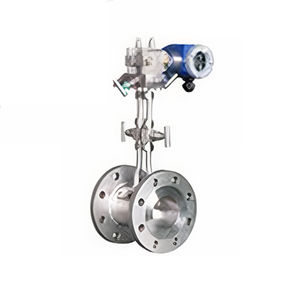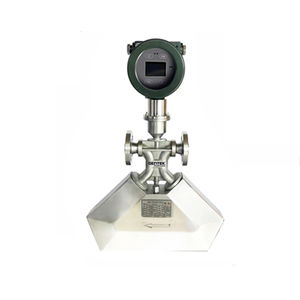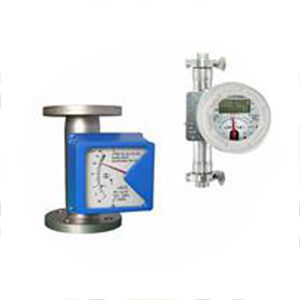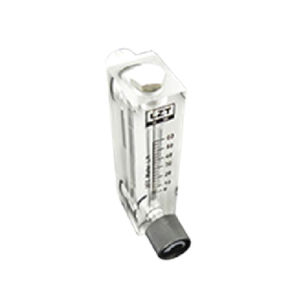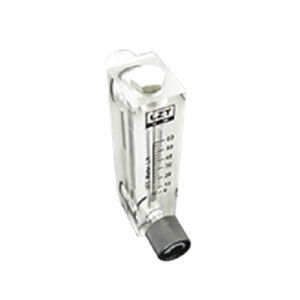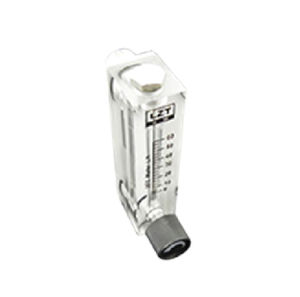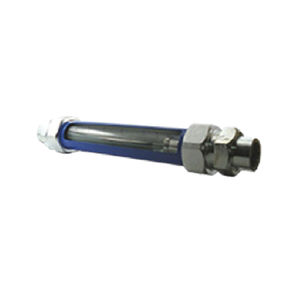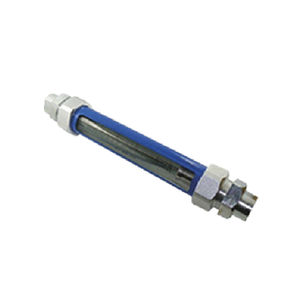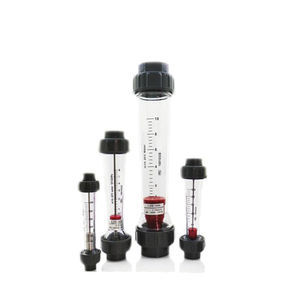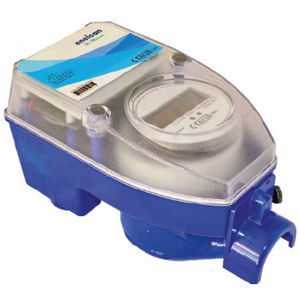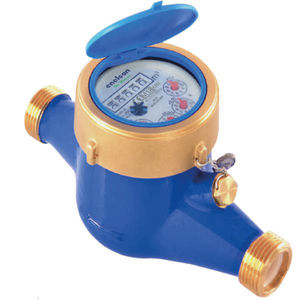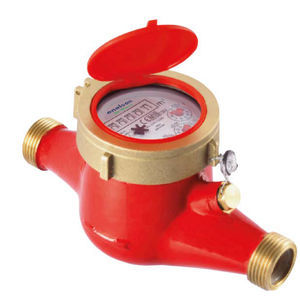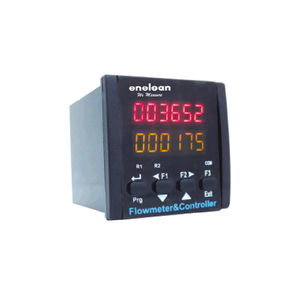
- Detection - Measurement
- Flow, Pressure and Level Measurements
- Thermal mass flow meter
- ENELSAN ENDUSTRIYEL ELEKTRONIK SANAYII A.S.
Thermal mass flowmeter massfor natural gasfor hydrogen

Add to favorites
Compare this product
Characteristics
- Technology
- thermal mass
- Type
- mass
- Fluid
- for natural gas, for hydrogen, for flue gas
- Material
- stainless steel
- Communication
- 4-20 mA, RS485, analog output, RS-232
- Supply voltage
- 24 Vdc, 220VAC
- Applications
- for coal
- Other characteristics
- with display, low-pressure
- Process temperature
Max.: 350 °C
(662 °F)Min.: -40 °C
(-40 °F)- Process pressure
1.6 MPa
Description
Thermal mass flow meters are developed to measure the mass of gaseous fluids. Standard flowmeters need pressure and temperature compensation in order to measure flow properly. However, mass flow meters can directly calculate the mass flow value of the fluid without the need for compensation. Mass flowmeters are preferred due to their ease of direct application, the absence of any moving parts, very low-pressure loss, wide measuring range, high sensitivity and high reliability. Thermal mass flow meters are mainly used in petroleum derivatives, chemical industry, medical industry, heat plants and environmental protection sectors.
Thermal mass flow meters operate on the principle of temperature diffusion. The heat dissipation technique provides excellent performance and high reliability under many harsh conditions. Flow detection is provided by 2 platinum RTD temperature resistors. One of these two sensors is the speed sensor and the other is the temperature sensor with automatic changing temperature compensation.
These 2 RTD sensors are located in the middle of the flow tube. The speed sensing sensor is heated by a continuous difference at a temperature above the ambient temperature, and the temperature sensor responds to the ambient temperature. As the gas velocity increases, the amount of heat transferred from the sensor to the environment also increases. For this reason, the power drawn by the sensor also increases. Thus, the heater RTD sensor gives the mass flow information based on the power electronics principle.
Catalogs
No catalogs are available for this product.
See all of ENELSAN ENDUSTRIYEL ELEKTRONIK SANAYII A.S.‘s catalogsOther ENELSAN ENDUSTRIYEL ELEKTRONIK SANAYII A.S. products
Flowmeters
Related Searches
- Flowmeter
- Volume flowmeter
- Liquid flowmeter
- Pressure transmitter
- Level limit switch
- Level probe
- Liquid level limit switch
- Analog pressure transmitter
- Liquid level probe
- Gas flowmeter
- Stainless steel flowmeter
- Waterproof flowmeter
- Industrial flowmeter
- Relative pressure transmitter
- Membrane pressure transmitter
- Waterproof pressure transmitter
- Stainless steel pressure transmitter
- Analog level probe
- Protection level level switch
- Float level switch
*Prices are pre-tax. They exclude delivery charges and customs duties and do not include additional charges for installation or activation options. Prices are indicative only and may vary by country, with changes to the cost of raw materials and exchange rates.





